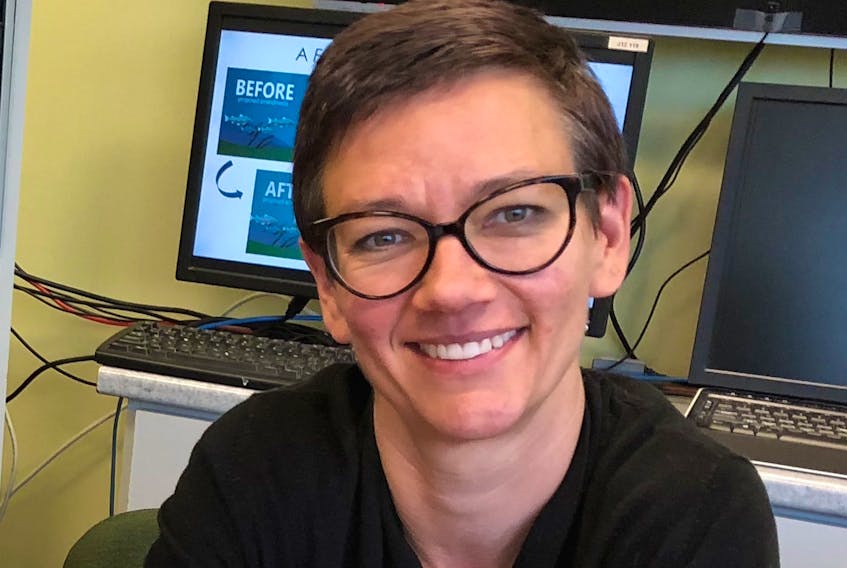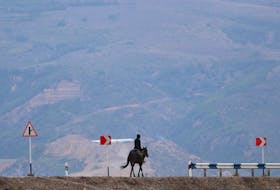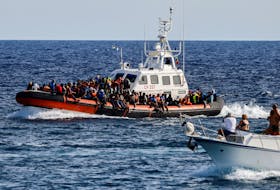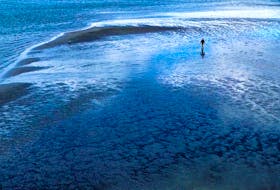It’s not impossible for cod stocks to return to pre-moratorium levels, according to the Department of Fisheries and Oceans (DFO), but a number of factors remain in the way.
On Tuesday, DFO spoke with industry and reporters about a key measure for cod stocks: the limit reference point (LRP).
The LRP is the point where the amount of cod goes from the critical zone to the cautious zone, which would indicate an improvement in cod stocks and the potential return of the cod fishery as previously known.
The current LRP was set in 2010 and measured a biomass of 851,000 tonnes of spawning cod. The number is based on the average amount of spawning biomass during the 1980s. In 2017, the spawning biomass hit 52 per cent of the 851,000 number, but in 2018 it dipped to 37 per cent.
According to DFO, cod stocks have been in the critical zone since 1991. A year after that, the cod moratorium was announced. The numbers had hovered around the LRP for about the previous decade, and were only above the level prior to 1975.
The LRP was peer reviewed on Jan. 22 and 23 by DFO, the provincial Department of Fisheries and Land Resources, environmental non-governmental organizations, industry, academics and others.
Karen Dwyer, a scientist with DFO, says those groups agreed the 851,000 number was still the most appropriate reference point for when cod might begin to return. But she says while it’s still possible, there are a few factors that stand in the way.
“Definitely ocean conditions are going to have an impact in the future. One of the things we talk about is ocean warming and there’s been a return to near-average conditions in the short term,” said Dwyer.
“The cod stock need an adequate level of food availability in order to grow. The resources have to be there in order for the stock to grow.”
One of those resources is plankton. Since plankton forms the basis of the ocean food chain, low numbers could spell trouble for the ecosystem, but it’s too early to say for sure whether there’s currently a crisis in the plankton population, Dwyer said.
“The zooplankton and phytoplankton levels are at an all-time low, but the time series only goes back to 1999. We’re not sure what happened before that. We don’t know if that’s a normal state or not,” she said.
Dwyer says keeping the LRP number the same should be comforting to industry, as it shows the department is paying attention to what’s happening in the sea.
“We have looked at this in detailed terms. We’re still being cautious in where we’re setting this reference point. We don’t want to start fishing it too soon and further depress the stock,” she said.
“We are going to be looking further into this and continuing to make sure that reference point is in the right place.”
Keith Sullivan, president of the Fish, Food and Allied Workers (FFAW) union, does not take comfort in the DFO numbers.
Sullivan says he’s not sure DFO has the historic cod population numbers right in the first place, which could mean the LRP is not correct.
“The concern is that throughout the mid- to late-’80s, there was a gradual decline in this stock. That’s what harvesters observed,” said Sullivan.
“Instead, DFO are saying that the fish in 1991 were pretty well the same as there was all throughout the ’80s. You can ask fishermen in this province and most would say that’s not close to what they saw in reality.”
Sullivan is calling for a full review of the science dating back to the 1970s to ensure it is sound.
“The problem lies in what they see as a knife-edge kind of collapse in one given year. People don’t see it as credible and realistic. It certainly causes problems with confidence in science that they still maintain that is what happened,” he said.
A further update on the cod stocks in the province is expected sometime in March.
Twitter: DavidMaherNL









